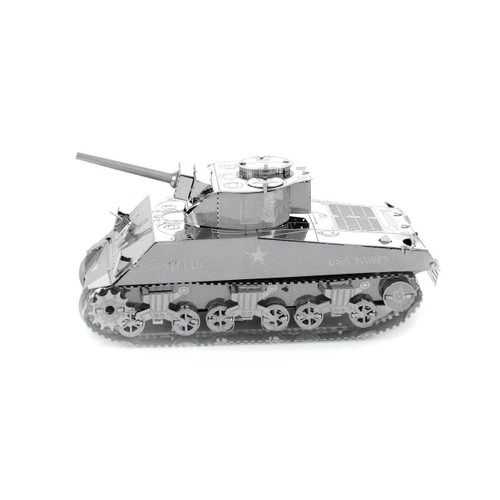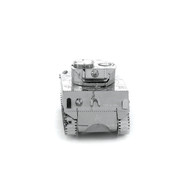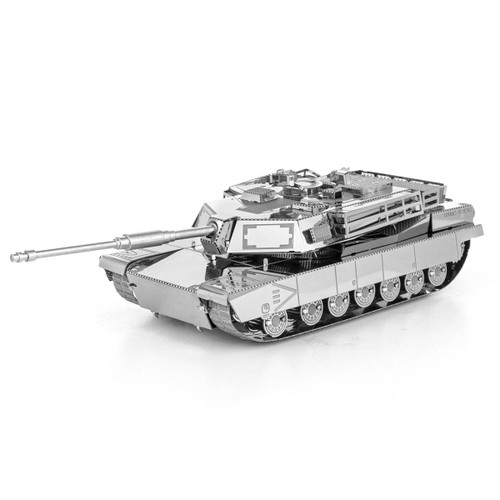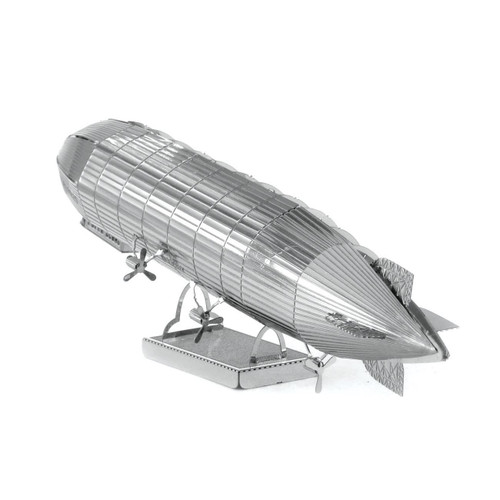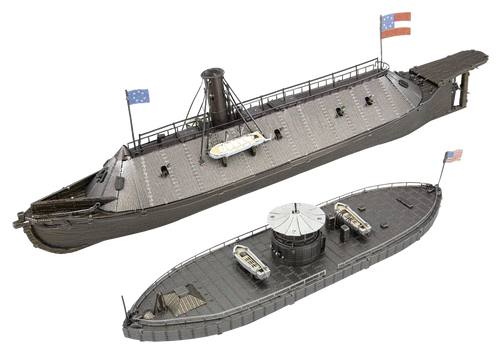The Sherman tank was the most commonly used American tank in World War II. More than 50,000 Shermans were produced between 1942 and 1945. They were used in all combat theaters—not only by the United States, but also by Great Britain, the Free French, China, and even the Soviet Union. Initially developed to replace the M3 "Grant/Lee" medium tank, the first Shermans were manufactured in 1942 and some early productions examples saw combat in North Africa in 1943. The model proved itself somewhat effective against German Mk II and Mk IV Panzers, but it was thoroughly outclassed by the Tiger, Panther, and King Tiger tanks. Notorious for their flammability, Shermans were nicknamed “Ronsons” after a lighter with the slogan “lights every time.” nationalww2museum.org
Crew: 5 (commander, gunner, loader, driver, assistant driver/bow gunner)
Maximum speed: 22–30 mph (35–48 km/h) on road, depending upon variant
Length: 19 ft 2 in–20 ft 7 in (5.84–6.27 m) depending upon variant
Armor: 12.7 to 177.8 mm (0.50 to 7.00 in) depending on location and variant
Nickname: Ronsons
In service: 1942–1957 (United States)
Transmission: Spicer manual synchromesh transmission, 5 forward and 1 reverse gears
Number Of Sheets: 2 Sheets
Difficulty: Moderate
Assembled Size: 2.91"L x 1.38"W x 1.34"H (7.4 x 3.5 x 3.4 cm)
Ages 14+
Metal Earth kits are made from . Each model features amazing detail with parts cut from one or more 4” square steel sheets. Easy to follow instructions are included with each kit and Simply snip out the pieces and bend the tabs through corresponding connection points.

